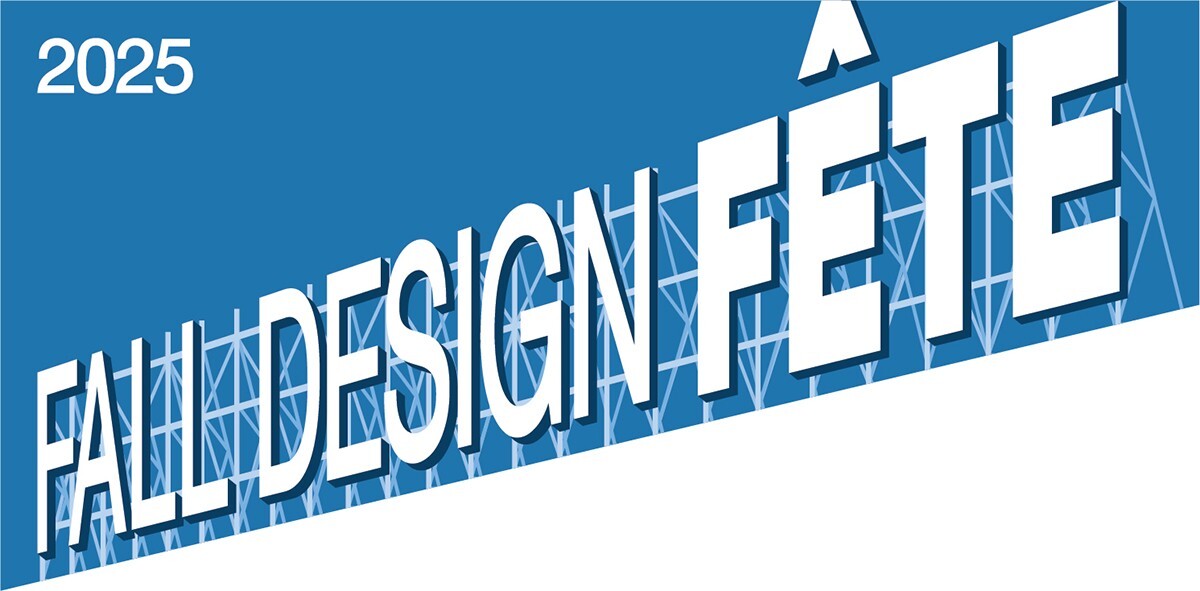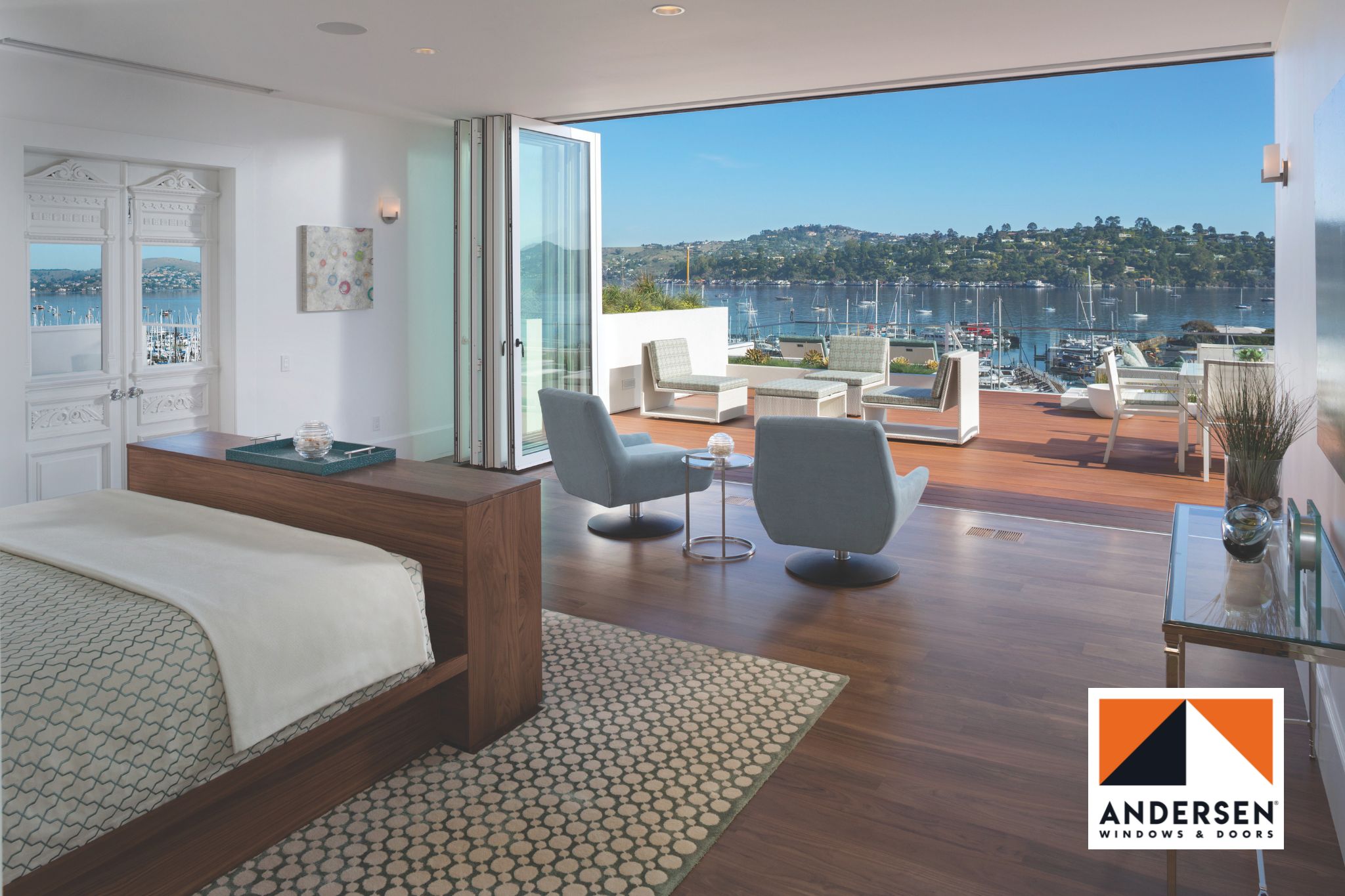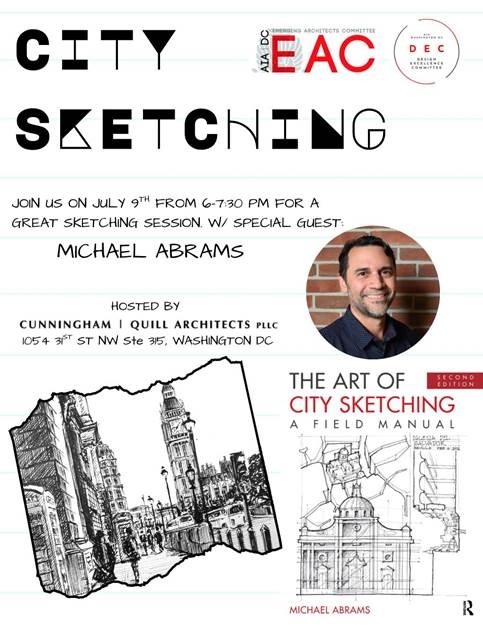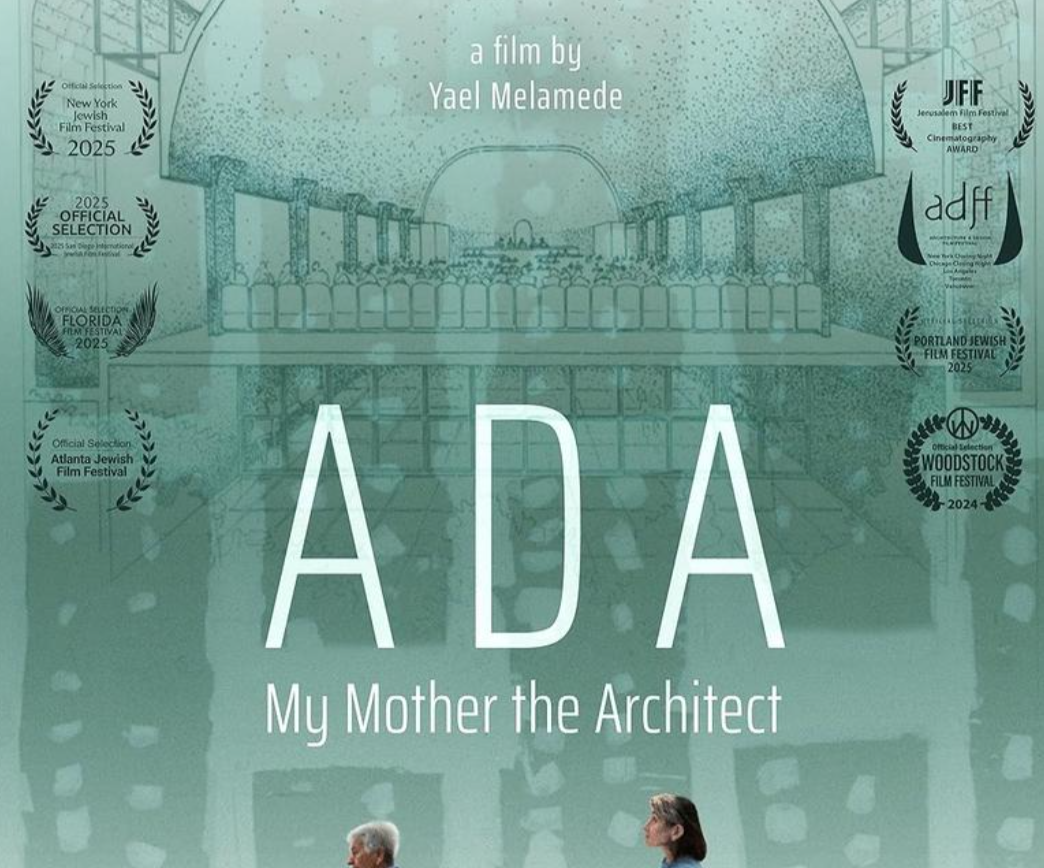-
Date
Monday, September 08 2025-Friday, September 12 2025
-
Time
Multi-day event.
Join the Urban Design Forum learn from Tokyo’s unique approach to housing and urban planning.
Tokyo is one of the world’s largest cities, and one of its most livable. Urban Design Forum invites you to join our study trip on September 8-12 to learn from Tokyo’s unique approach to housing and urban planning. While many other cities are grappling with local opposition and political and legal constraints on new development, Tokyo continues to grow to meet its housing demand through a permissive national development framework, transit-oriented development, and frequent rebuilding.
Tokyo shows what’s possible when cities make room: through infrastructure-led planning, clever taxation, inventive use of underutilized space, and a different set of cultural norms.
What’s possible when cities make room?
Schedule & Tuition
The trip will take place from September 8-12, 2025. Applications will be accepted on a rolling basis beginning in June.
The tuition is $3,750. To reserve your spot, there is a 50% deposit due by July 15. The additional costs of travel and accommodation for the study trip are assumed by the participants. This trip has been approved for 12 AIA LU and 12 AIA LU | HSW.










